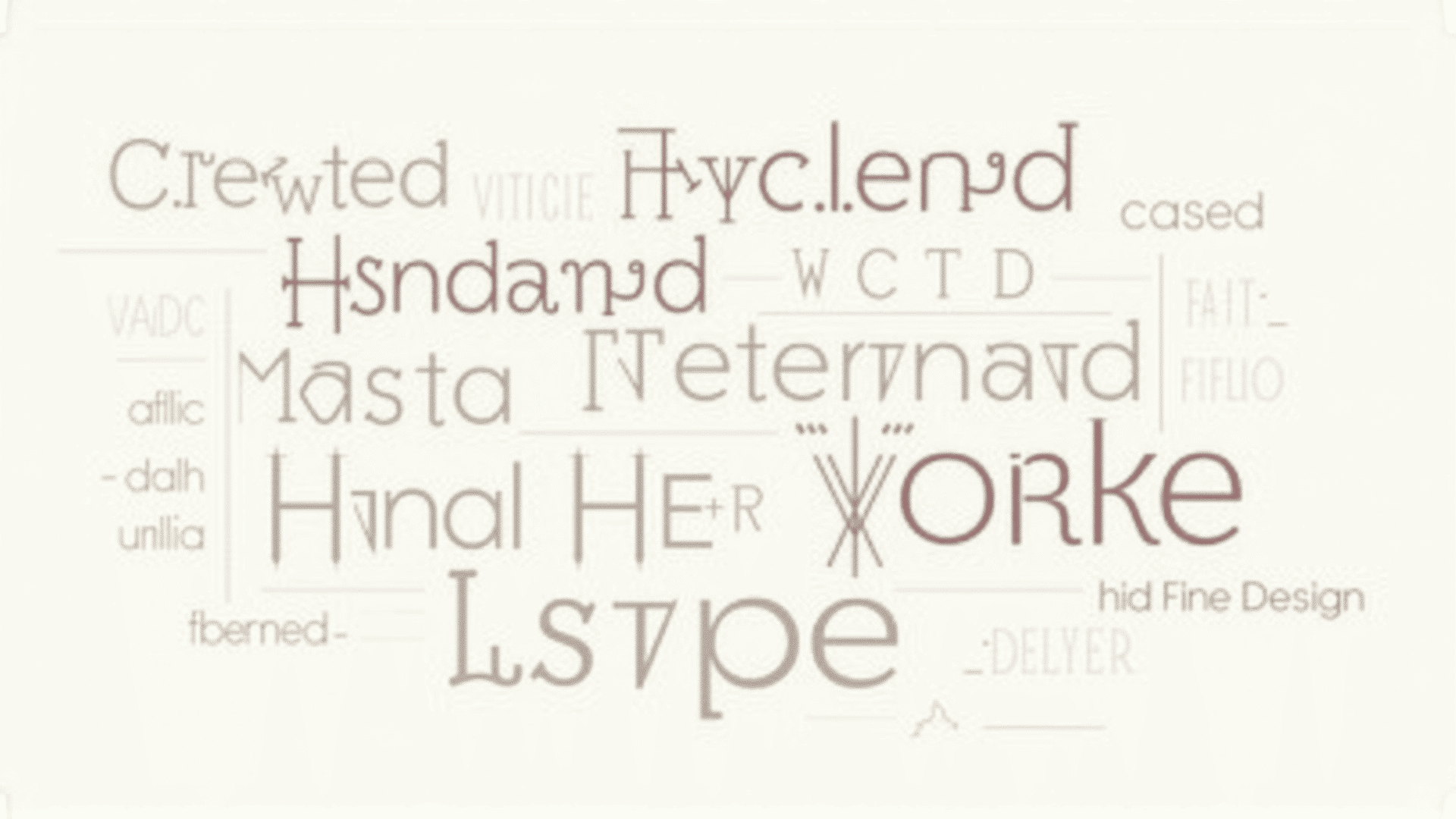Typography is a powerful tool in visual storytelling, wielding the ability to transform narratives through its strategic use in design. Unlike other graphic elements, typography has the unique challenge of conveying meaning through both text and visual form. The choice of typeface, size, spacing, and arrangement can all contribute greatly to shaping a story's tone, mood, and impact on its audience.
The relationship between typography and storytelling begins with typeface selection. Each typeface carries its own personality and can evoke different emotions and associations. For instance, serif fonts such as Times New Roman often bring a sense of tradition and reliability, while sans-serif fonts like Helvetica can feel modern and clean. Script fonts, with their elegant curves, might suggest creativity or nostalgia. The choice of typeface sets the narrative's initial tone and influences how the audience will perceive the story before even engaging with the text.
Beyond the typeface itself, the layout and arrangement of text play a crucial role in narrative delivery. Text alignment, spacing, and hierarchy guide the reader's eye through the story. A well-structured layout can enhance readability and focus, ensuring that the narrative flows intuitively. Strategic use of white space, for example, can create pauses and emphasize key moments in the story, allowing the audience to absorb and reflect on the information.
Typography also assists in establishing a narrative voice. The visual weight of a headline versus body text can create a sense of urgency or calmness. Large, bold text can shout excitement or importance, while smaller, tightly spaced text can convey whispers or intimate details. Through these visual cues, typography becomes an extension of the story itself, offering implicit commentary that complements the explicit storyline.
Color, too, is an important aspect of typography and should not be overlooked. Different colors can evoke various moods and associations, enhancing the thematic elements of the story. A warm color palette might add warmth and emotion to a narrative, while cooler tones can evoke calm or melancholy. In this way, the color of the typography is akin to adding a soundtrack to a film scene; it creates an emotional subtext that deepens the audience's engagement.
perhaps the most significant aspect of typography in storytelling is its invisibility when done well. Effective typography seamlessly integrates into the narrative, supporting rather than overshadowing the story. It ensures that the reader's focus stays on the message, while subtly influencing their emotional and psychological response to the content.
In conclusion, typography is not merely an aesthetic choice but a crucial element in crafting compelling narratives. Whether through typeface selection, layout design, or color usage, typography shapes how stories are told and experienced. By carefully considering these elements, storytellers can enhance their narratives' emotional depth and clarity, ultimately creating a more impactful connection with their audience.
